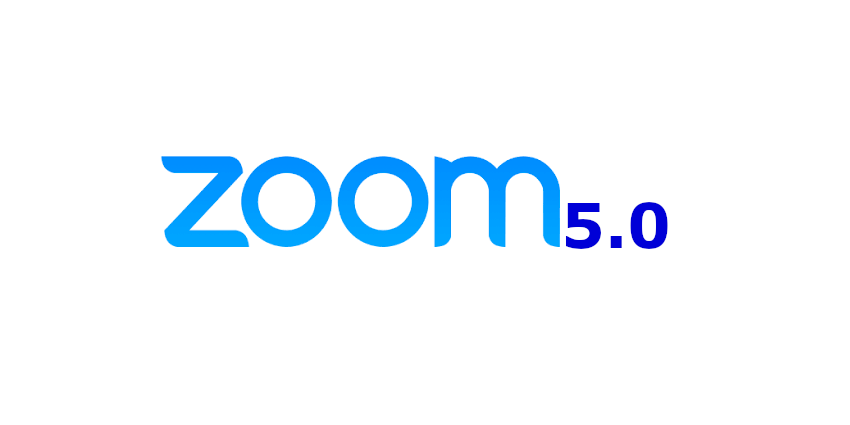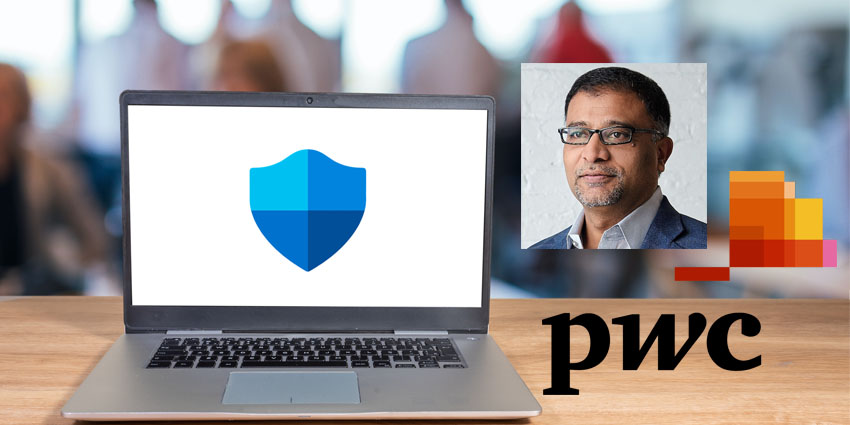Two weeks after facing some of its toughest scrutiny since being established, and following an apology from Zoom Founder & CEO, Eric Yuan, the company’s close to delivering on its 90-day promise to tighten up security. Zoom Video Communications, Inc. announced a sweeping set of updates aimed at beefing up the video conferencing tool’s security.
This all comes as the company hopes to further protect its over 300 million users with robust AES 256-Bit GCM encryption to combat meeting intrusion. “This is standard and will take effect once all accounts feature GCM encryption. It should roll-out system-wide on May 30,” according to a statement.
Gaining millions of new users over such a short period might trip up any company, and Zoom is no exception. The VCaaS provider, which had been popular in the enterprise sector now faces a more consumer-focused audience and the platform’s exposed to new threats such as Zoombombing.

Yuan said he was proud to reach this milestone in the company’s 90-day plan, adding: “This is only the beginning, as we’ve built our business by delivering happiness to our customers. And we want to earn our customers’ trust, along with delivering happiness with our unwavering focus on providing the most secure video conferencing platform.”
New to Zoom version 5.0, a security icon in the meeting menu bar, which takes Zoom’s security features, both existing and new, and puts them front and center for meeting hosts. Previous versions of Zoom were less consumer-friendly, but Zoom’s improved that this time around. Let’s take a look at what’s different with Zoom 5.0, which recently made its debut.
You might recall, Zoom faced backlash for routing calls to China in an attempt to deal with an influx of users caused by the novel Coronavirus. With Zoom version 5.0, account admins can choose the data center they want meetings and webinars to get hosted from in real-time.
The video conferencing giant added a host of other controls that enhance the user experience, including a security icon that groups all security features and makes them more accessible. Zoom’s further added robust host controls so meeting hosts can report users suspected of malicious activity. Zoom users can even disable the ‘rename’ feature, which lets participants rename themselves.
For education customers, screen sharing immediately defaults to hosts only, and the waiting room feature’s on by default. Meeting passwords and cloud recording passwords are also fresh to the platform, and users have to add complex passwords to enable recordings, with admins defining the complexity of said passwords.
Addressing the issue of secure account contact sharing, Zoom 5.0 will support a new data structure for large enterprises. Starting this week, they can link contacts across many accounts for simple and secure searches to locate meetings, chats, and phone contacts. Zoom also made enhancements to its dashboard. Admins on business, enterprise, and education plans can gain insight into how meetings connect to Zoom data centers.
A quick view of the Zoom dashboard will reveal data centers connected to HTTP Tunnel servers, as well as conference room connectors and gateways. Zoom users can have chat notifications not show a preview of their chat. New non-PMI meetings now have an 11-digit ID for heightened security; and during meetings, the meeting ID along with the invite option will no longer appear in the main Zoom interface of a participants’ menu. This makes it more cumbersome for users to share meeting IDs by accident.







